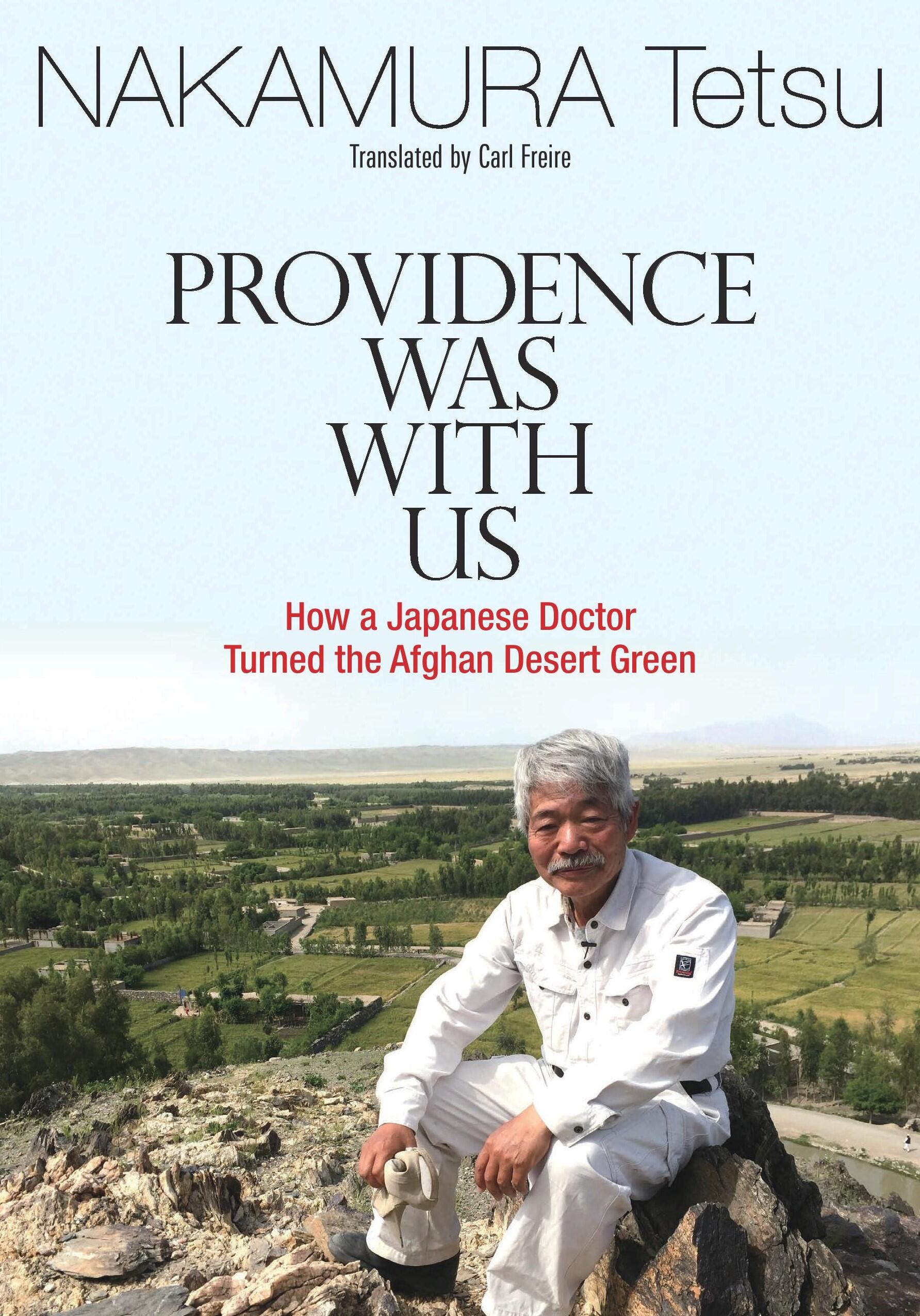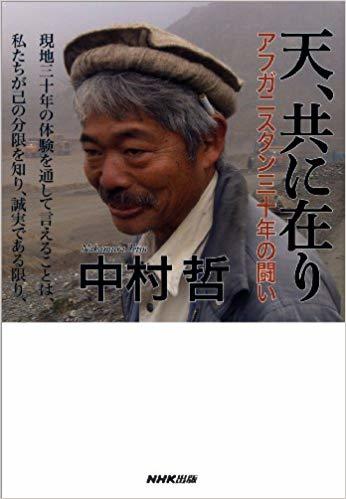Starting in 1984 and continuing until his untimely passing in 2019, Dr. Nakamura Tetsu carried out relief work in Pakistan and Afghanistan both as a physician and as a humanitarian trying to improve living conditions for the people he met. With nature and the bonds of fate that link humans together setting the tone, this unique memoir recounts the travails and triumphs of Nakamura’s three and half decades in those two countries. How did this Japanese doctor who traveled to the region to provide medical care end up digging more than 1,600 wells and building a 25.5 kilometer-long canal? In a foreign land struck by civil war, bombings, and drought, miracles could still happen.
“Dr Nakamura did understand Afghanistan. He established a clinic in the country’s Nangarhar province during the 1990s after a spell in Pakistan. Supported by Japanese non-governmental organisations, he saw that the illnesses he treated mostly could be traced to malnourishment and lack of sufficient water. . . . His response was to become an engineer. In the early 2000s, he began supervising the construction of a network of irrigation canals that restored life to vast tracts of desert. He borrowed the design from centuries-old canal systems in Japan. The network could be built without complicated machinery and, critically, it could be maintained by local Afghans. The water supply has transformed hundreds of thousands of lives.”
Philip Stephens, "A Japanese saint among the sinners of the Afghan war"
Financial Times, January 2, 2020.



